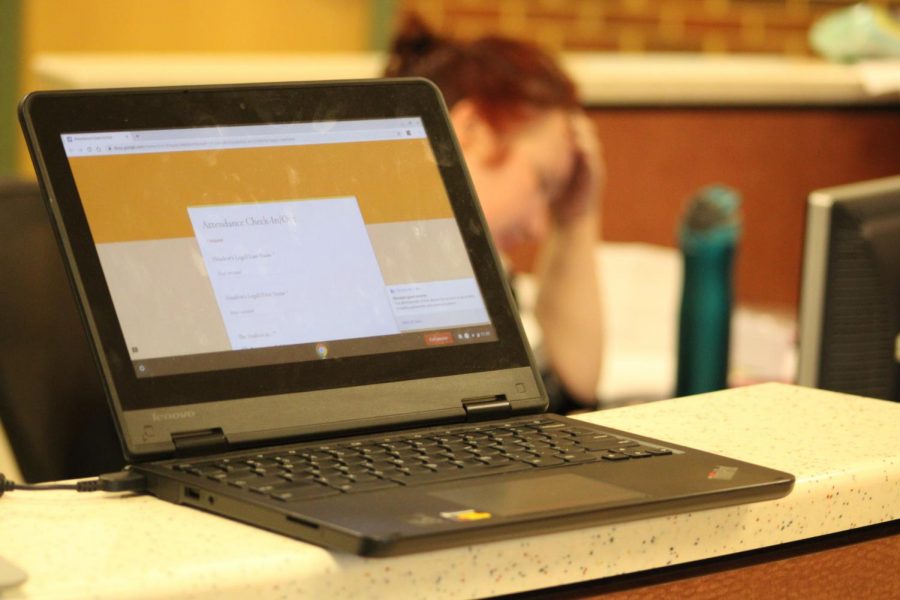The Paradox of the Late Line
The online form that late students are required to fill out before they may head to class.
December 4, 2019
Everyone has been late to school at some point or other. If you have, then you are familiar with the dreaded line – the forced wait to sign in electronically and receive a little orange pass before you are allowed to go to class. Often, the line stretches out of the building. Students are undeniably forced to arrive later to class than they otherwise would’ve, as the wait time can reach up to 10 minutes on particularly busy days. A system that outwardly appears to be so poorly designed must have some sort of strategic purpose… but what that purpose is remains unclear, as all administrators and attendance personnel who were approached for interview either declined to comment or were unavailable. Dr. Develin left students with only one pearl of wisdom: “If you want to avoid the line, go to bed earlier.”
While outwardly helpful, this advice carries little stock for the students who are not habitually late arrivers, but find themselves in the line on occasion, due perhaps to particularly bad traffic or an empty gas tank- factors that may be beyond their control. Regardless, they are forced to wait, miss valuable class time, and disrupt the classroom with the exceptionally delayed entry, despite having arrived at school only one or two minutes past the bell. Kason Thomas, a senior, said that the line is “more of an annoyance” than an efficient method. As a student who often opts to eat school breakfast, he explained how the flawed system crossed itself up: “I got there in the 9:05 range, and they give you a pass to get breakfast until 9:10. But by the time I got the pass, it was already past 9:10. So I’d say it makes me 10 minutes later.”
Many other students echo this sentiment. 100% of students surveyed responded that they have been late to school before, and 69.4% say that the line made them later to class than they otherwise would’ve been. 58.3% of the students surveyed were made to be four or more minutes later to class than if they had been allowed to skip the line. 72.2% of all students required to wait reported that they were forced to disrupt class by entering during teaching time, as the wait in line stretched through the morning announcements and into content learning. If this system were not in place, 52.8% of students estimate that they would arrive to class before the end of morning announcements and avoid missing or disrupting any educational time.
Of all the students surveyed, many suggested the same alternative to the line – a speedy system in which students scan their school issued ID’s and head straight to class, avoiding the wait and actually providing a use for the otherwise irrelevant ID’s.
Overall, students agree that the line seems to be a waste of time, and that maybe a better solution should be sought out. Surely the system is in place for some important reason – perhaps safety, or the school may be required to report late statistics – but it is hard to guess what the reason may be without the insight of the administrators. So alas, for the time being, students may be stuck in the infuriating time waste that is the attendance line.






